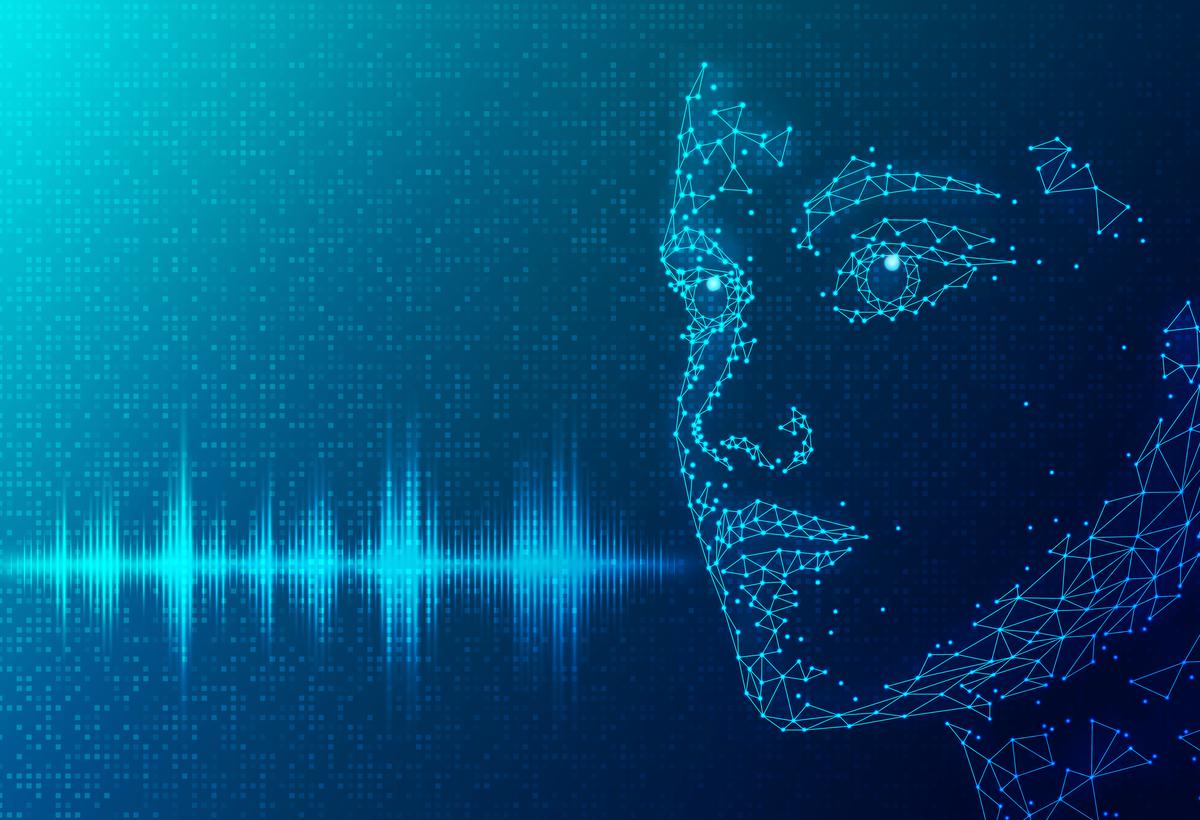Currently, advancements in artificial intelligence (AI) have brought both incredible benefits and concerning challenges. One such challenge is the rise of deepfake technology, which enables the creation of highly realistic synthetic media. While deepfakes have been predominantly associated with manipulated videos, their influence extends to other domains as well, including document forgery.
The Rise of Deepfake Technology
Deepfake technology leverages AI algorithms to manipulate or fabricate multimedia content, such as images, videos, and audio. With the ability to analyze and mimic human behavior, these algorithms can generate hyperrealistic documents that are nearly indistinguishable from genuine ones. While deepfakes initially gained notoriety in the context of edited videos, the same underlying technology can be employed to forge utility documents, including bills.
The Threat to Individuals and Businesses
The implications of AI-generated fake utility documents are far-reaching and pose significant risks to individuals and businesses alike. For individuals, these forged documents can be used to perpetrate identity theft or engage in fraudulent activities.
For instance, a fraudster armed with a convincingly forged utility bill could open bank accounts, apply for loans, or establish credit under someone else’s name. This kind of identity theft can wreak havoc on victims’ lives, leading to financial losses and reputational damage.
Similarly, businesses face substantial threats from deepfake utility bills. Fraudsters could exploit these documents to deceive companies, claiming payment for services they never rendered. With realistic-looking bills in hand, they may attempt to defraud businesses out of significant amounts of money, compromising their financial stability and tarnishing their trust in future transactions.

Evading Detection and Verification
AI-generated fake utility bills can be extremely difficult to detect and verify. With advancements in machine learning, deepfake algorithms have become increasingly sophisticated, which enables them to replicate intricate details found in authentic documents, such as logos, watermarks, and specific formatting styles.
Verification processes that rely solely on visual inspection or basic data validation may fall short when dealing with deepfake utility documents. Traditional techniques, such as comparing the bill against known templates or checking for irregularities manually, may prove insufficient in identifying the fraudulent ones.
Combating the Threat
To counter the threat of AI-generated fake utility documents, a multipronged approach is essential. Collaboration between technology developers, law enforcement agencies, and organizations affected by this menace is crucial.
Technological advancements play a vital role in the fight against deepfake documents, too. Researchers are constantly developing sophisticated algorithms capable of detecting digital manipulation and differentiating between authentic and synthetic documents. These tools can analyze metadata, image artifacts, or inconsistencies in data patterns to identify potential forgeries.

